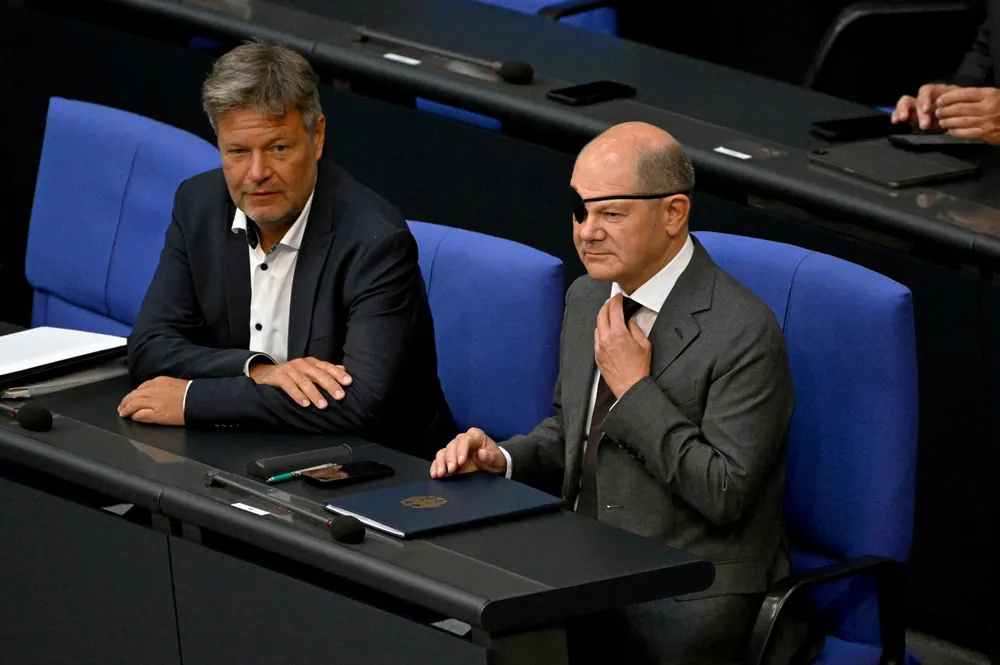Germany 'set to miss its 2030 green hydrogen target by 1.2GW'
A government-funded study tracking electrolyser capacity suggests half to two thirds of Germany’s H2 demand will have to be met with imports

A government-funded study tracking electrolyser capacity suggests half to two thirds of Germany’s H2 demand will have to be met with imports
